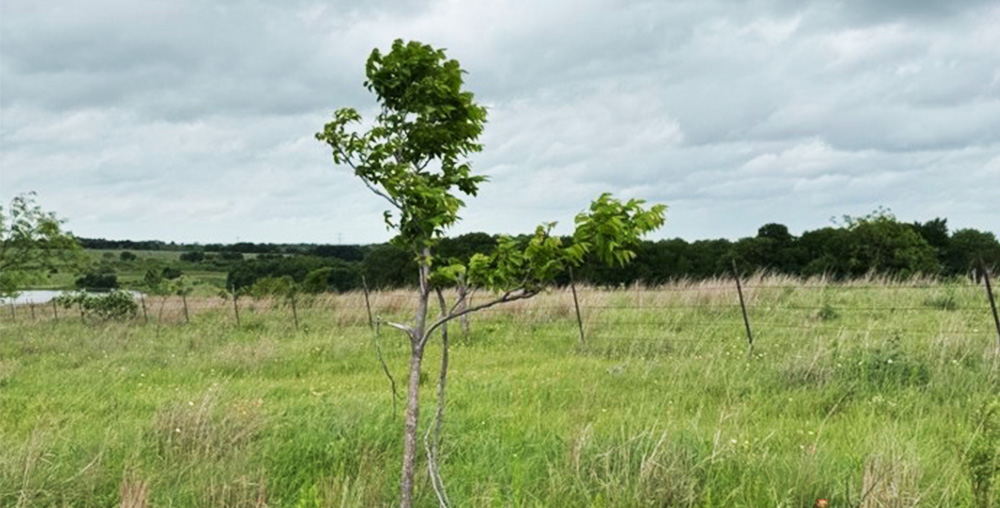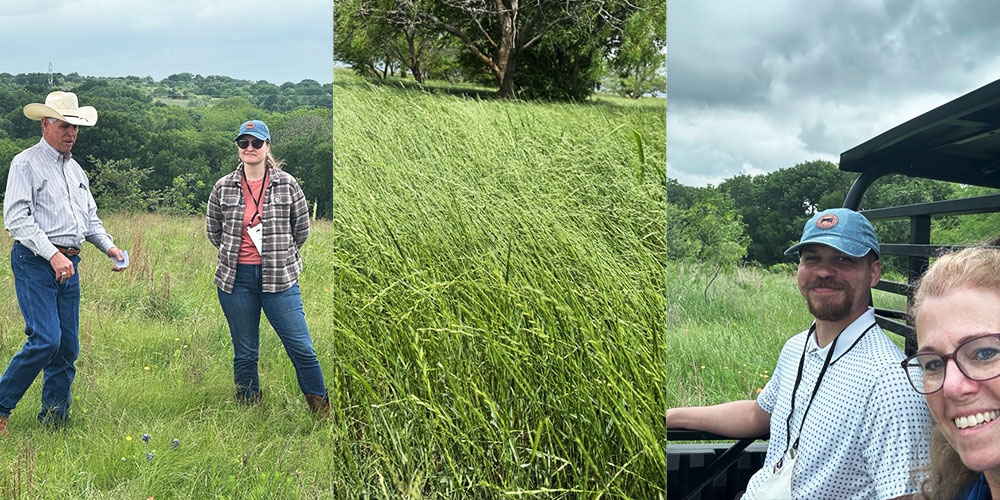
Beyond the Plant: What Meat Processors Should Know About Ranching’s Sustainability Shift
When we talk about sustainability in the meat industry, conversations often center around emissions, packaging and transportation. But if we’re serious about long-term viability, from the cow to the cooler, we need to look beyond our plants and into the pastures. That was my big takeaway from the U.S. Roundtable for Sustainable Beef (USRSB) General Assembly and ranch tours in Fort Worth, Texas this spring.
For those of us rooted in meat processing, what’s happening at the ranch level can feel disconnected from our daily grind. But the reality is this: Producers are adapting fast, sometimes faster than we are. And their practices could radically impact the beef supply chain, both in what we can offer and how we talk about it.
The Land Is Talking. Are We Listening?
At 77 Ranch, a multigenerational operation owned by the Price family in the Blackland Prairie, I saw regenerative ranching in real time. Picture 55 rotated pastures, some never touched by a plow, with cattle rotated meticulously to mimic natural grazing. Their philosophy is simple but powerful: “Take a third, leave two-thirds.” It’s a grazing strategy that protects soil health, boosts drought resilience, and ultimately builds stronger grass, all leading to the perfect environment for cows and their calves to grow.
These ranchers aren’t just guessing. They work with multiple universities to monitor everything from soil temperature (which, on a hot 104°F summer day can spike to 140°F just four inches deep where the ground is bare) to root structure and water retention. They understand that weeds aren’t a nuisance; they’re indicators of overgrazing. They’re not feeding hay or protein supplements. They’re building a system that works with nature, not against it. And their beef, sold under brands like Niman Ranch and Chipotle, commands a premium for being all-natural and verified.
This isn’t niche anymore. It’s scalable. It’s profitable. And it’s coming your way.
Data, Carbon, and the Shift to “Can” from “Should”
Across the board, researchers and ranchers are working to create models that actually inform the supply chain, not just satisfy checkbox compliance. Institutions like Michigan State, Texas A&M and Colorado State are gathering hard data on adaptive grazing, soil carbon, water flux and methane emissions. One standout fact: Methane emissions from cattle may be 10%–15% lower than current textbook estimates.
That’s a big deal.
Why? Because Scope 3 emissions (those indirect ones tied to raw materials) are where things get difficult for most companies. We’ve seen a lot of energy spent calculating them. But now we’re entering a new phase: What do we do with that data? Can we act on it without paralyzing the supply chain?
The answer emerging from Fort Worth: Yes, but only if we stop chasing perfection and start embracing progress.

Ecosystem Services Are a Real, Tangible Value
Something processors don’t often talk about (but should) is how ranchland provides critical ecosystem services. Cleaner air and water. Natural water filtration. Wildlife habitat. Even carbon sequestration. But here’s the kicker: Ranchers can’t continue providing those services without diversified income streams. That’s where ecosystem markets, hunting leases, and even certifications like Audubon’s bird-friendly ranching come into play.
If we want open spaces to stay open, we need to support models where sustainability pays. Otherwise, we’ll continue losing thousands of acres a day. In Texas alone, more than 1,000 acres of ranchland is being converted to developments every. single. day., turning carbon sinks into concrete and erasing the land we rely on for beef production.
The Economic Side Isn’t Pretty, But It’s Fixable
A Farm Credit survey of 300 farmers and ranchers showed that 63% don’t see a short-term ROI on sustainability efforts. Nearly half aren’t sure they’ll still be in business in five years. Most are capital-starved and working with outdated equipment.
Yet, from what I saw on the ground, the operations that are embracing regenerative practices, like Burgundy Pasture Beef, which has quadrupled sales since 2019, are not just surviving, they’re thriving. They’ve leaned into nose-to-tail marketing (even dog food made from chili trim and organs), dialed in their inventory based on carcass utilization, and embraced seasonal demand. Their reality check: If you’re chasing more steaks, you’re already behind. Steaks are only 15% of the animal.
That’s a message meat processors should take seriously.
So What Now?
If you’re a processor, here’s your homework:
- Engage with your suppliers about grazing practices and sustainability metrics. Not to audit them, but to learn from them.
- Support ecosystem-friendly beef with your buying dollars and marketing.
- Get ahead of Scope 3 reporting by understanding what the ranch is already doing. You may be surprised how far along they are.
Ranchers aren’t standing still. They’re innovating, adapting and measuring things we’ve never even considered, including the emotional connection people have to food and the land it comes from.
